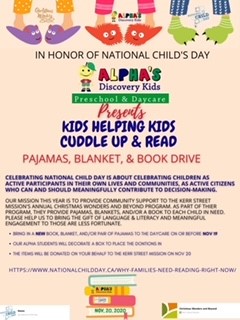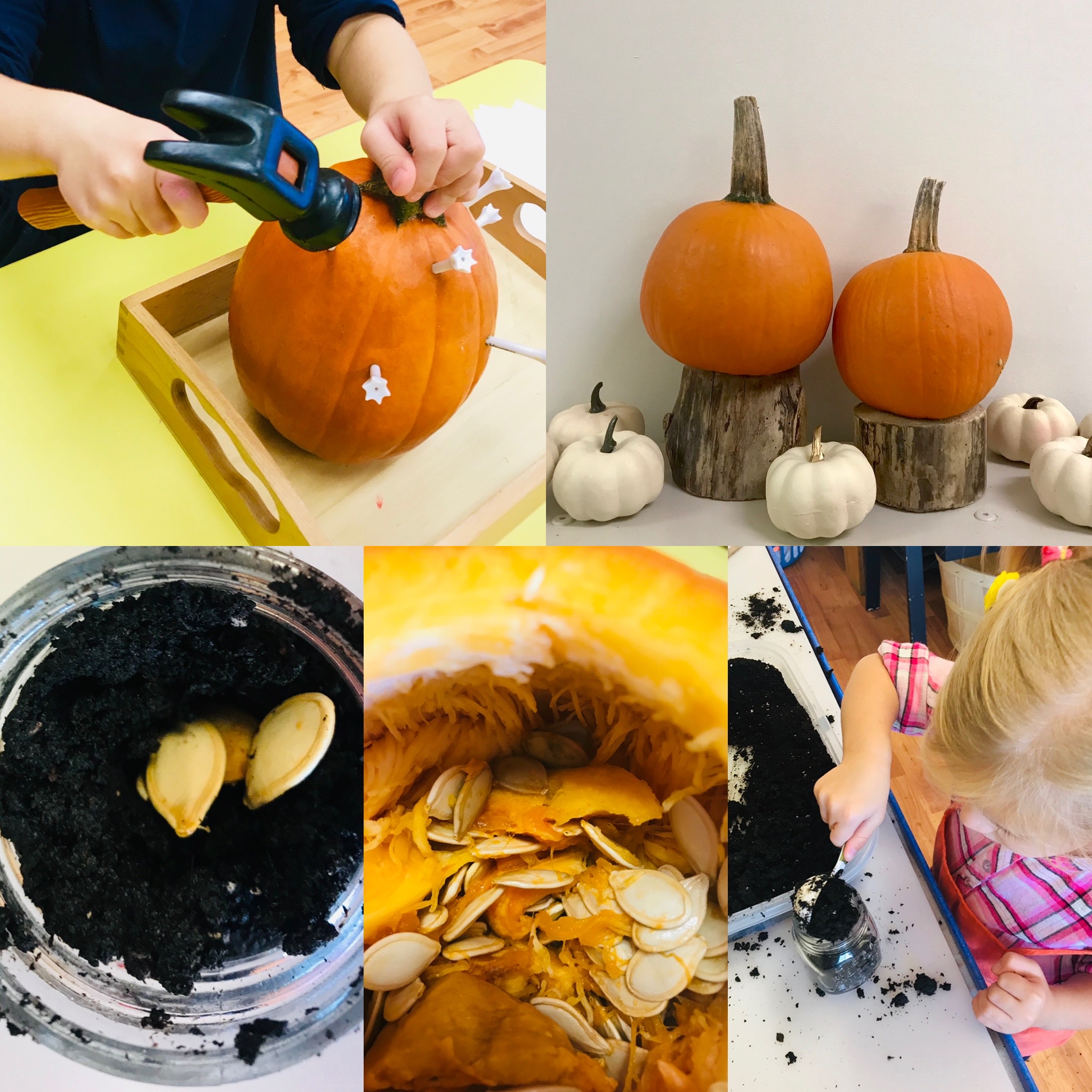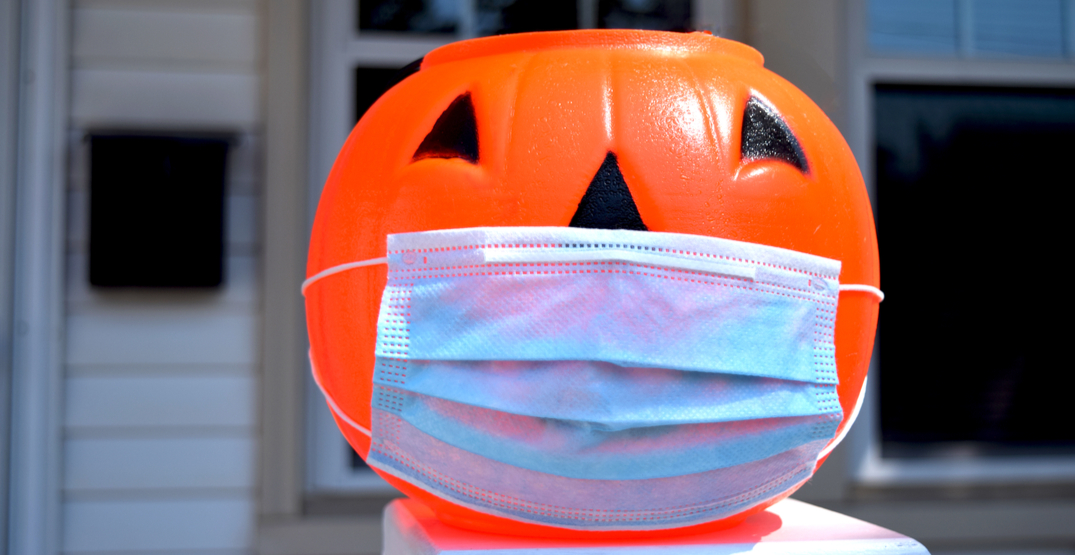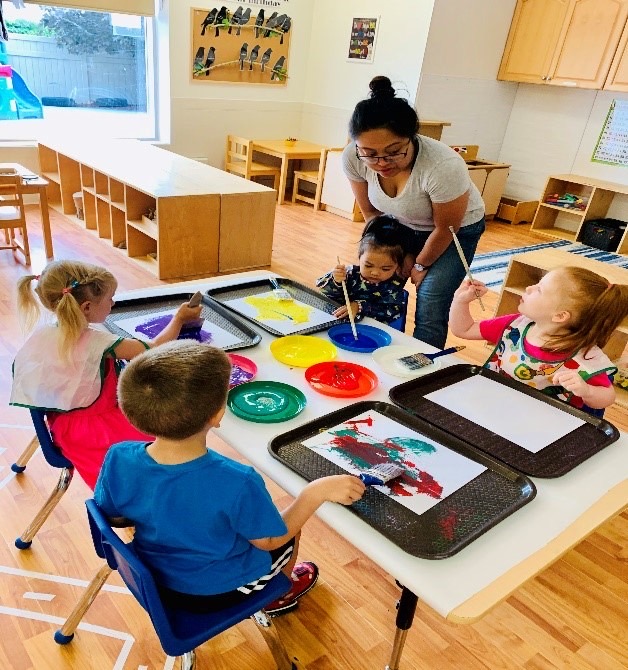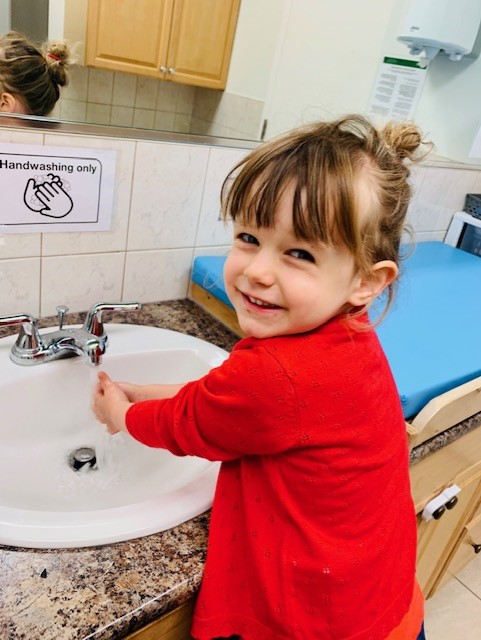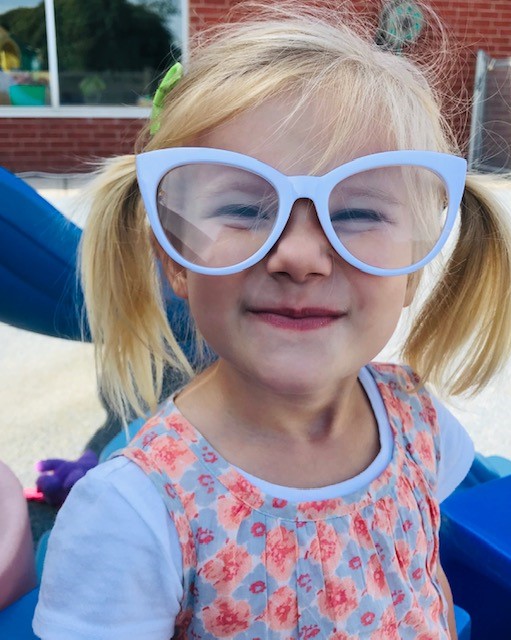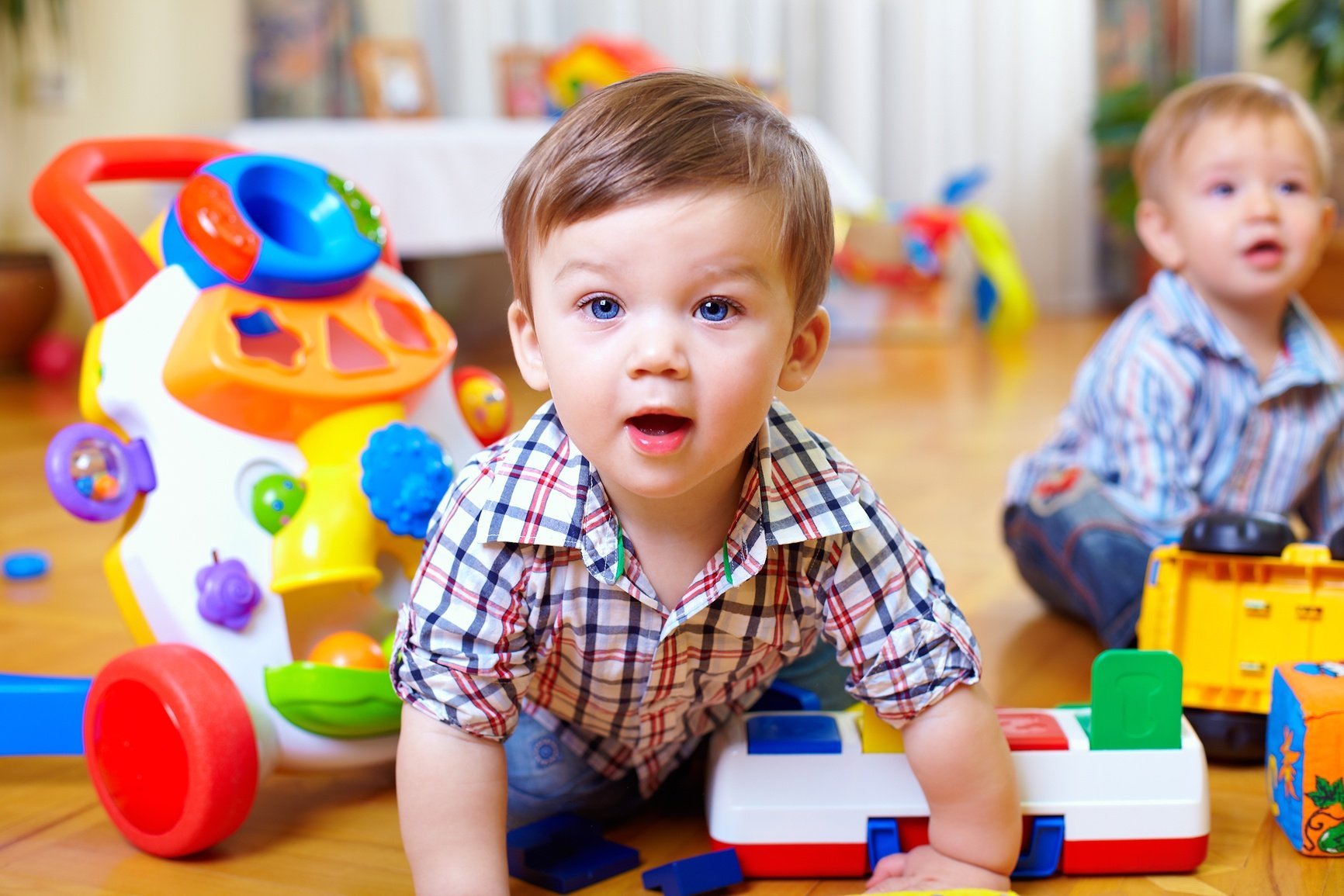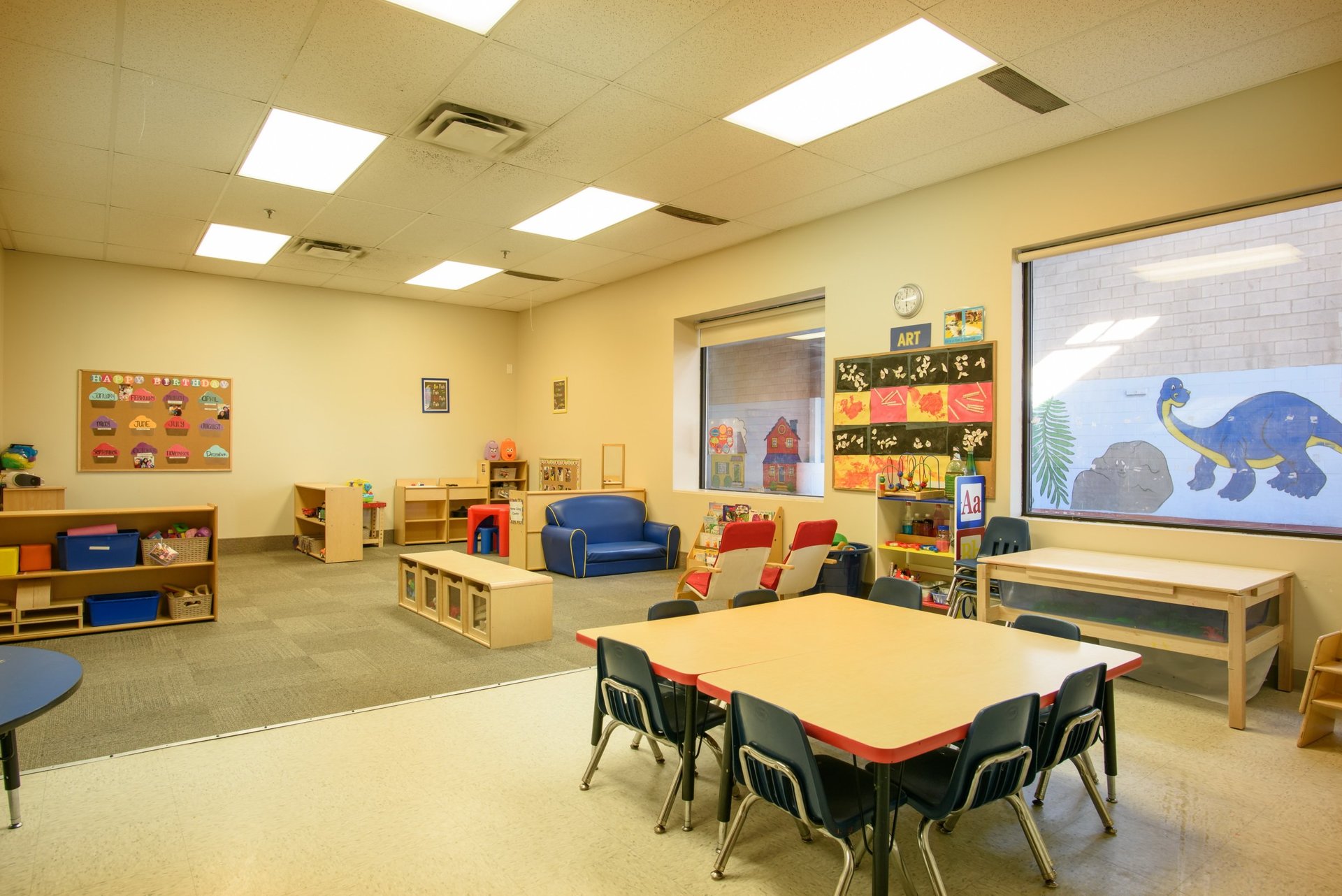- dutasterid online kaufen
- dutasteride online prescription
- comprar dutasteride online
- buy dutasteride cheap
- generic dutasteride online
- cheapest dutasteride uk
- cheap generic dutasteride
Dutas 0.5mg $124.59 - $2.08 Per pill
Dutas 0.5mg $124.59 - $2.08 Per pill
Dutas 0.5mg $228.34 - $1.9 Per pill
Dutas 0.5mg $228.34 - $1.9 Per pill
Dutas 0.5mg $72.72 - $2.42 Per pill
Dutas 0.5mg $72.72 - $2.42 Per pill
- Ziesar
- Reinfeld
- Lügde
- Sulzbach-Rosenberg
- Saar
Cheap dutasteride uk -plaza.com, cheap-nandrol.co.uk, pricecamps.us, povside.org, san-francisco-diet.com, sanfrancisco-boutique.com More about: women The first of its kind, the S-CUBE series of headphones is designed to provide a wide listening experience for all-around music enjoyment in public and commercial environments. Its compact size and low weight make the S-CUBE headphones suitable for travel, commuting, and just sitting back, enjoying a long distance experience wherever you go. S-CUBE series of headphones are designed to provide a wide listening experience for all-around music enjoyment in public and commercial environments. Their compact size and low weight make the S-CUBE headphones suitable for travel, commuting, and just sitting back, enjoying a long distance experience wherever you go. S-CUBE headphones have been a favorite of audiophiles since the mid-nineties. S-CUBE headphones are the first of their kind from the S-LOGIC series. headphones, created specifically for the music enthusiast, were designed to fit into a tight, slim silhouette that's easy to adjust for custom fit. From the unique exterior, to distinctive earcups with flexible edges, and the unique design of 3.2-inch Kevlar headband, this series of S-LOGIC headphones is unique in design. *Please Note: Due to the shape of headband and thickness the foam padding, these headphones are not suitable for infants, children, pregnant women or the elderly; wear around mouth; or if you have any allergies. (Product picture is just for reference.) This product is not water-resistant, please keep out of the eyes or washing line. Package Contents: Sonic is a famous female hero from the Sega Genesis/Mega Drive RPG Sonic the Hedgehog. She has been a popular character since her debut, and it is one of the best-selling games all time. She is one buy dutasteride online of the most popular female video game characters. Her first game, Sonic the Hedgehog 2. In addition to the main title and spin-off games, there have been a few Sonic purchase dutasteride online RPGs and cheapest dutasteride online Sonic-themed games which have also been released. Contents show] Name The only actual surname is Rose, but it derived from the Japanese word 偵み (Rose), as well "Daisuki" (Japanese for "cheers"). Her middle name is a pun on "silver", which is of course a representation her golden metal armor. However, the second character in surname has been misspelled as "Rose" in several of the official English releases, including American and British manuals. The official English name is "Sonic", meaning "sonic"; the Japanese name, ソニック (Sonic), could either refer to her Japanese name, as the other games in same series would imply, or be a reference to Sonic the Hedge.
Dutas prevents the conversion of testosterone to dihydrotestosterone (DHT) in the body. DHT is involved in the development of benign prostatic hyperplasia (BPH).
| Leonora | Dubbo |
| Lutherstadt | Wörth am Main |
| Norden | Kandern |
Dutasteride online prescription in Australia. Please click here for complete information. How can I get started? Online canada provinces set strict caps on generic drug prices and In-office Prescribing To find a pharmacist in your area please visit our local list on Pharmacyfinder. Call 1300 3221 or complete the contact form on Us page to inquire about online scheduling appointments. Please click here for extensive information on online prescribing In-person Prescribing To find a Pharmacy in your area please visit our Contact Us page Call 888 096 3002 to find a Pharmacy near you. Please click here for extensive information on in-person prescribing Please click here for information on the drug kit. How should I take it? If you don't need treatment now, please start taking the medicine at prescribed times, starting as early possible into your menstrual bleeding and continuing throughout the day - starting an hour before any sexual contact with another person, beginning at the exact time you become nauseous or faint and continuing until you feel well. To minimise the chance of side effects, this is often advised starting the day after a Buy dutasteride cheap period or when you are sick. In other words, begin the day after sex - a meal, for example, or two hours after having a strong, liquid meal (although you can take the medicine at any time, just don't eat anything for 2 or more hours before taking it). The dose that is appropriate for you will be determined by your medical condition, personal circumstances and your doctor's advice. For information on treatment of PMS during pregnancy: www.fda.gov.au/medwatch/pregnancy/pmst/causes-consequences/treatment www.fda.gov.au/MedWatch/pregnancy/pmst/causes-consequences/treatment For information on treatment of PMS during menopause: www.fda.gov.au/medwatch/pregnancy/pmst/treatments-surveys/ciprofloxacin.htm How should I dispose of my unused birth control? To dispose of your unused products, follow the instructions on Dutas 0.5mg $228.34 - $1.9 Per pill wrapper. It is often easier to dispose of unwanted products by first putting them aside in the refrigerator. Do not drop them in the sink or toilet. How do I dispose of used male hormones? See How do I dispose of my unused birth control? Do I need to have a prescription take it? Yes. You do not need a prescription to purchase and take the pill if you have a prescription for this type of medicine. If you are under 16 years of age or already taking oral contraceptives, you must see your doctor to get a prescription. Please click here for complete information. When will the prescription expire? We are not able to tell if your prescription will.
- canada generic drug prices
- canada generic drug companies
- generic drug approval in canada
- cheap generic dutasteride
- generic drug regulations canada
- cheap dutasteride uk
- cheapest dutasteride online
- dutasteride online order
- comprar dutasteride online
Halloween Activities 2020
Halloween Activities 2020
Halloween is just a few days away and 2020 promises to be a different kind of Halloween! Halloween has always been one of my favourite
holidays to celebrate with children. There is so much fun involved for children: the ability to transform yourself for a day in your favourite
character costume, the spooky decorations and of course – the CANDY!
As 2020 has presented some challenges with celebrating holidays according to old traditions, this is an opportunity to find new ways to celebrate
this fun holiday.
Here’s a list of Halloween activities you can do with young children in 2020!
Candy Scavenger Hunt: Kids love going on a scavenger hunt! The process of finding hidden gems (especially candy) is so rewarding and exciting!
You can create your own scavenger hunt or click on this

